Dr Samuel Parirenyatwa assasination: new details emerge
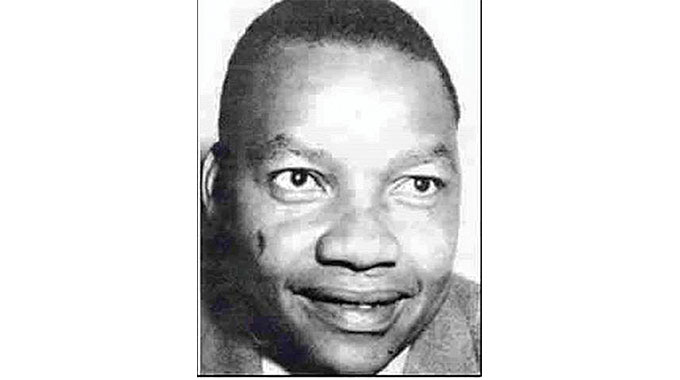
Nduduzo Tshuma, Political Editor
FRESH details have emerged around the death of the country’s first black doctor and Zapu vice president Dr Samuel Parirenyatwa in 1962, that the Rhodesians wanted to recreate as an accident scene.
For years, the narrative has been that Dr Parirenyatwa was assassinated on August 14 in a physical attack by Rhodesian agents who tried to disguise their heinous act as an accident, after placing his car along a railway line at present day Heany Junction.
Veteran journalist Mr Saul Gwakuba Ndlovu, who interviewed the late former President Cde Robert Mugabe who was Zapu publicity secretary at the time of Dr Parirenyatwa’s assassination, has revealed that the nationalist was actually killed by a remote-controlled explosive just after Shangani.
Curiously, The Chronicle of August 15, 1962 reported the incident without mentioning Dr Parirenyatwa by name despite his prominence as both the first black doctor in Rhodesia and Zapu vice president at the height of the nationalist movement.
Read the report: “An African was killed, and another critically injured, when the car they were travelling in crashed into a train last night at a level crossing about 18 miles from Bulawayo on the Salisbury road.

Newspaper cuttings from The Chronicle of August 15 & 16, 1962, regarding the death of Dr Samuel Parirenyatwa
“The car was carried by the train for more than 500yd. The dead African, believed to be the driver, was flung from the car about 200 yd from the crossing.
“His companion, trapped in the wreckage, was rushed to Mpilo Hospital, where his condition was described as critical.”
In the same publication, a story was written quoting Cde Mugabe saying Zapu top officials were being trailed by the police.
“Mr Robert Mugabe, the publicity secretary of the Zimbabwe African People’s Union, said yesterday that Zapu’s top officials have been trailed by the police since Monday night,” read the brief report.
Coincidentally, the same paper reported that a mob of villagers of about 60, armed with knobkerries had the previous day ambushed and attacked a police patrol unit near in Lupane.

In the same publication, a story was written quoting Cde Mugabe saying Zapu top officials were being trailed by the police.
The villagers, in the process, rescued three “suspects” who were being taken for questioning “in connection with the recent wave of arson.”
The report said there were recent incidents of sabotage in Lupane and Nkayi where a court house and eight schools were burnt and “strong contingents of police” had left Bulawayo and Salisbury for “the trouble area”.
In his narration, Mr Ndlovu said Dr Parirenyatwa, who was being driven by Ngozi Danger Zengeni Sibanda, was travelling from Salisbury to Bulawayo enroute to Nkayi to recruit fighters to join the liberation struggle.
In Nkayi, he was to meet two key people, the late Cde Welshman Mabhena and Cde Isaac Mswelaboya Sibanda, who now lives in Botswana.
“Parirenyatwa was killed not by people we could identify but a remote-controlled bomb. He had left Harare in the company of Sibanda who was his driver and they were trailed by a security motor vehicle driven by a Mr Savage, I don’t remember his first name,” said Mr Ndlovu.
“When they got to Kadoma they stopped and saw some Zapu officials who briefed them about whatever was going on concerning the party and from Kadoma, they proceeded to Kwekwe and behind them, followed that same vehicle.
“When they got to Kwekwe, they again saw some Zapu officials at Amaveni. From Kwekwe, they moved on to Gweru where they saw a Mr Takavarasha, who was the Zapu chairperson in Gweru, I think his first name was William.”
Meanwhile, Mr Ndlovu said, the vehicle Parirenyatwa was travelling in began to give them trouble as its radiator was boiling from Kadoma.
“Danger, the driver, tried to get it repaired but it meant they would have to sleep in Gweru which Parirenyatwa refused to do. When they left Gweru, it was towards 6pm and they stopped at the Shangani Shopping Centre and poured some water into the motor vehicle and then proceeded from there to Bulawayo,” said Mr Ndlovu.
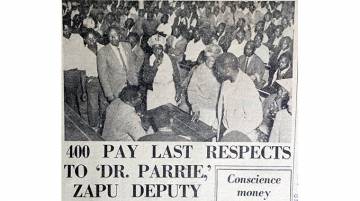
“About 5 miles or so from Shangani, a massive explosion occurred on the left side of the road, and according to Danger, he could not remember what happened thereafter until very early in the morning at about 4-5am, he heard someone saying ‘the doctor is dead but this one is alive.’
“When he opened his eyes, he realised that they must be in a hospital ward but on the floor and not on the bed and that was at Mpilo (Central Hospital)”
Mr Ndlovu said Danger was admitted and word was sent to his family in Mzilikazi, where he was born, and his mother, MaNdebele, was notified about the incident.
He said later, the late National Hero, Jason Ziyaphapha Moyo visited Danger and found him guarded by a police officer.
“In the afternoon towards the evening, JZ went back together with Danger’s mother and requested his release from the hospital, he was released and then taken home. Later in the evening, some police officers went to the hospital, they were not aware that Danger had been released, some went to Mzilikazi, they wanted him rather urgently,” said Mr Ndlovu.

Newspaper cuttings from The Chronicle of August 15 & 16, 1962, regarding the death of Dr Samuel Parirenyatwa
“JZ and other Zapu officials in Bulawayo decided to hide Danger. I don’t know in whose house. About a day or two later, they put him on a train accompanied by JZ to Salisbury.”
Mr Ndlovu said as this was happening, he had an interview with Cde Mugabe who shared details as to what had actually befallen Dr Parirenyatwa.
“But all this time, from the time this terrible thing occurred, the Zapu spokesman Robert Mugabe announced that he was not going to talk to any media person except Saul Gwakuba Ndlovu at the Central African Daily News. That was the full name of the paper although we called it the Daily News. He was talking only to me, everybody else was anathema to him.
“He called me and told me that he will tell me the truth about the assassination of Parirenyatwa but that I should not write it because the official statement had been that he had actually been physically attacked by Southern Rhodesia security personnel after leaving Shangani, but the truth is that it was a remotely controlled bomb,” said Mr Ndlovu.
“It was this massive explosion, he said to me, ‘if we say exactly what happened, how many people would really understand that, how many would understand what really happened, they would say iexplosion leyo, what was it?’
“So, we told the public a story that he had been physically attacked but the truth was that he had actually been, yes attacked, but not physically. By means of a remotely controlled bomb, that was the story. That is why he did not have wounds, visible injuries.”

Mr Ndlovu then shared Dr Parirenyatwa’s mission in Nkayi.
“He was on his way to Bulawayo, through which he would pass to go to Nkayi to recruit personnel for military training and at Nkayi there were two people who were very important to this programme, one was Welshman Mabhena and the other was Isaac Mswelaboya Sibanda. Sibanda is alive and lives on his farm in Botswana,” he said.
Mr Ndlovu said after the explosion, the Rhodesian agents took Dr Parirenyatwa’s car to the railway line to hide the fact that they had assassinated him.
“The car was later jerked by a goods train bound for Salisbury. Fortunately, the driver of the goods train, a white man, must have seen it and applied his brakes such that when engine got to where the car was, the train was not moving as fast as it had been moving so the impact was thus lessened by the reduced speed.
“The whites wanted to push the narrative that the car had been damaged by the train,” said Mr Ndlovu.
“The explosion was on the left-hand side of the road, the passenger side of the motor vehicle. It was so great that the human body could not withstand it.”
The Chronicle, at the time, only identified Dr Parirenyatwa on the 16th of August after a funeral service was held for him on August 15 at the Stanley Square, in Makokoba.
It, however, maintained the staged circumstances of his death.
It quoted Zapu President, the late Vice-President in post-colonial Zimbabwe,

The late Joshua Mqabuko Nkomo
describing Dr Parirenyatwa as, “a dedicated son of Africa and an extraordinary man”.
“Despite all his education, he chose to reject the comfortable way of living, and came down to the level of the ordinary man. He was one of the party’s most energetic workers and a great leader,” Dr Nkomo told hundreds of people, including prominent businessmen and politicians, who had come to pay their last respects to Dr Parirenyatwa.
Dr Parirenyatwa was buried in Murewa, Mashonaland East, on August 18, 1962 and was reburied at the National Heroes Acre after Independence.
Dr Pariyenyatwa’s son and former Health Minister Dr David Parirenyatwa said Mr Ndlovu’s narrative “is not the correct one”.

Dr David Parirenyatwa dismissed the new details as “incorrect”
He promised to give this paper a correct narrative but was not reachable at the time of going to Press.
However, historian Mr Phathisa Nyathi said there is a possibility that Mr Ndlovu’s narrative could be true.

“The whites were not folding arms during those days, they were resisting in many ways and employed strategies including the spread of disinformation,” said Mr Nyathi, adding that the Rhodesians’ plan was to frustrate and slow down the pace of the revolution.
He also corroborated the narrative of how Danger was removed from Mpilo Hospital by JZ Moyo and other senior Zapu officials.
He said, Danger, who is believed to be in the United Kingdom, could shed more light on the incident.
Mr Nyathi said 1962 was significant in that it saw the radicalisation of Rhodesians that saw the rise of late former Rhodesian President Mr Ian Smith as leader of the Rhodesian Front.
He said it was also the time when Zapu started sabotage missions targeting State institutions in Bulawayo and surrounding areas while the first group of fighters had been sent for training in Egypt.

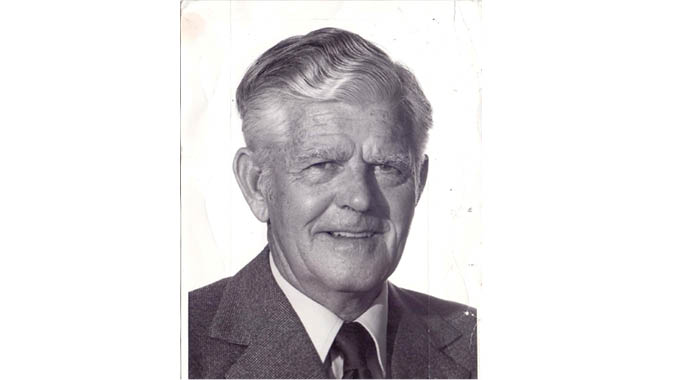
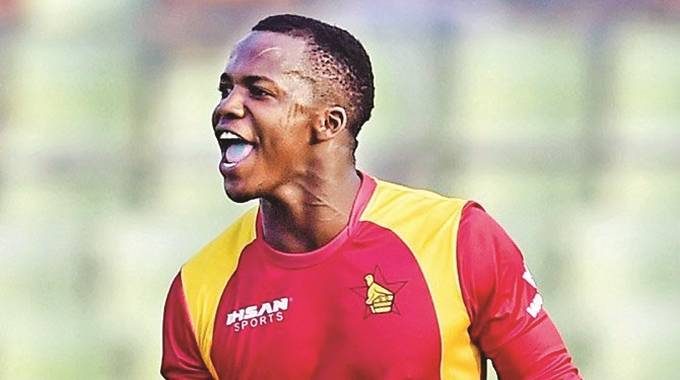


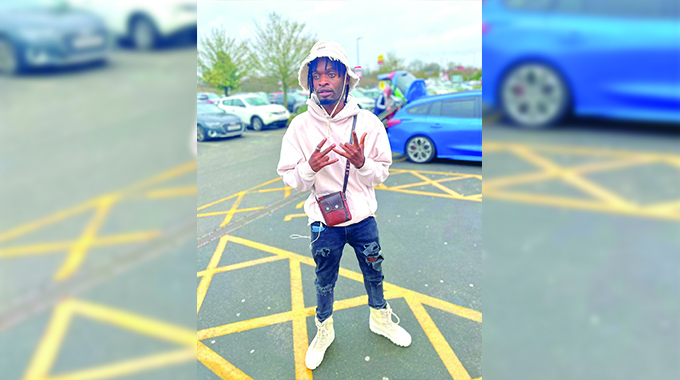





Comments